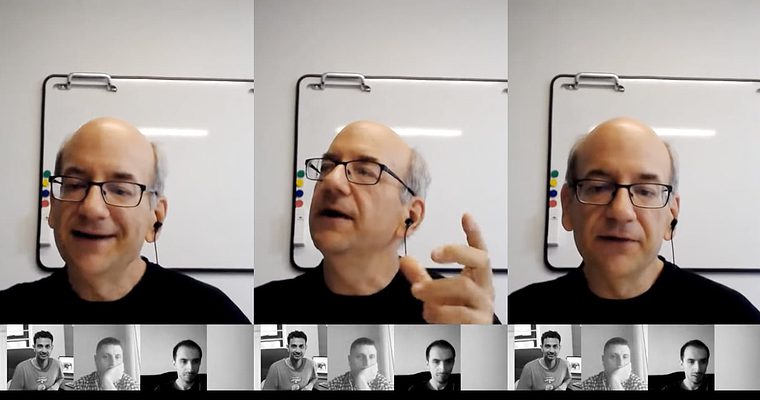
Google explains that changes to internal linking can make dramatic changes to a site’s rankings, both positive and negative. In a Webmaster Hangout, Google’s John Mueller explained the best way to update internal linking.
Can Changing Internal Anchor Text Affect Rankings?
A web publisher asked if changing anchor text negatively affect a website.“Does changing the text of older internal links to help users understand them have any downside? Can it hurt the rankings?”John Mueller’s answer was unambiguous.
“No. That sounds perfect. If you’re updating anchor text internally to make it more easily understandable by users then usually that also helps search engines to better understand the context of those pages. So I would definitely go for that.John Mueller’s advice illustrates a modern quality of how SEO is practiced today. It’s understood that Google looks at a site in terms of how a user would use it, how convenienced or inconvenienced the user would be and how well that user would understand the content on the page.
…if you’re just changing the text like the writing and you’re changing the anchor from one text name to something else, that’s perfectly fine. “
So it kind of follows that anchor text that helps a user understand what they are clicking through to will also be useful to Google for understanding what that linked page is about.
Will Updated Anchor Text Help Rankings?
John Mueller does not state that updating anchor text will help a site rank better. He only stated that the anchor text will help the search engine “better understand the context of those pages.”In the old days, it was understood that the search engine would be influenced by the anchor text to rank the page according to that anchor text.
That was the understanding behind the use of H1 heading elements. Which might explain why the SEO community was a little surprised when in 2017 when John Mueller tweeted that publishers can use as many H1 heading elements as they wished.
 John Mueller providing an unexpected response to a question about the use of the Heading Element.
John Mueller providing an unexpected response to a question about the use of the Heading Element.The use of anchor text falls into this same category where SEO sees anchor text as a ranking factor where Google sees it as just another way to understand the context of a page of content. Those are two different ways of understanding the what internal anchor text is about.
Images Should be Avoided
The next insight John Mueller shared was that he discouraged the use of images when linking between pages. The main reason appears to be that image links do not help Google understand the context of what that page is relevant for.To me, this is a rare disconnect within the “if it’s good for Users it’s good for Google” paradigm.
Aphorisms are great but sometimes they are also limited. There may be situations where linking with an image is good for users but apparently it’s not always good for Google.
So it may be best not to take something like “if it’s good for Users it’s good for Google” as an absolute.
Here is what John Mueller stated:
“The one thing I would avoid doing is changing anchor text into an image. So if you have… a fancy font or something that you want to use on your pages and you change a link from being a text link to an image link and you don’t have any textual kind of connection with that image for that link then it’s really hard for us to understand what the anchor text is supposed to be.”
Reference:https://www.searchenginejournal.com/internal-anchor-text/267869/
No comments:
Post a Comment